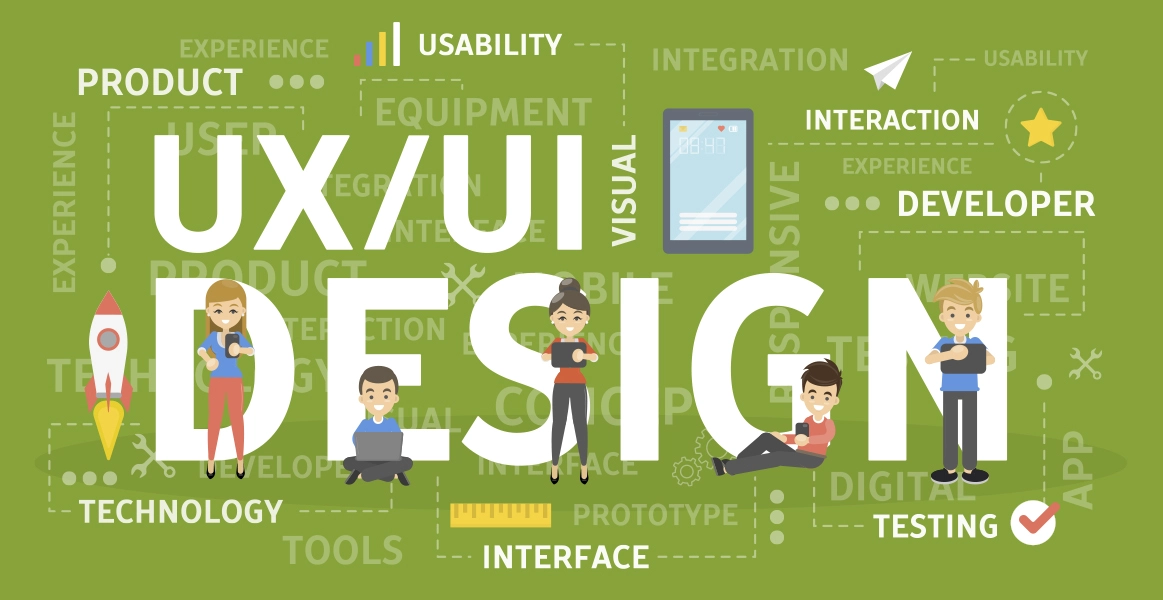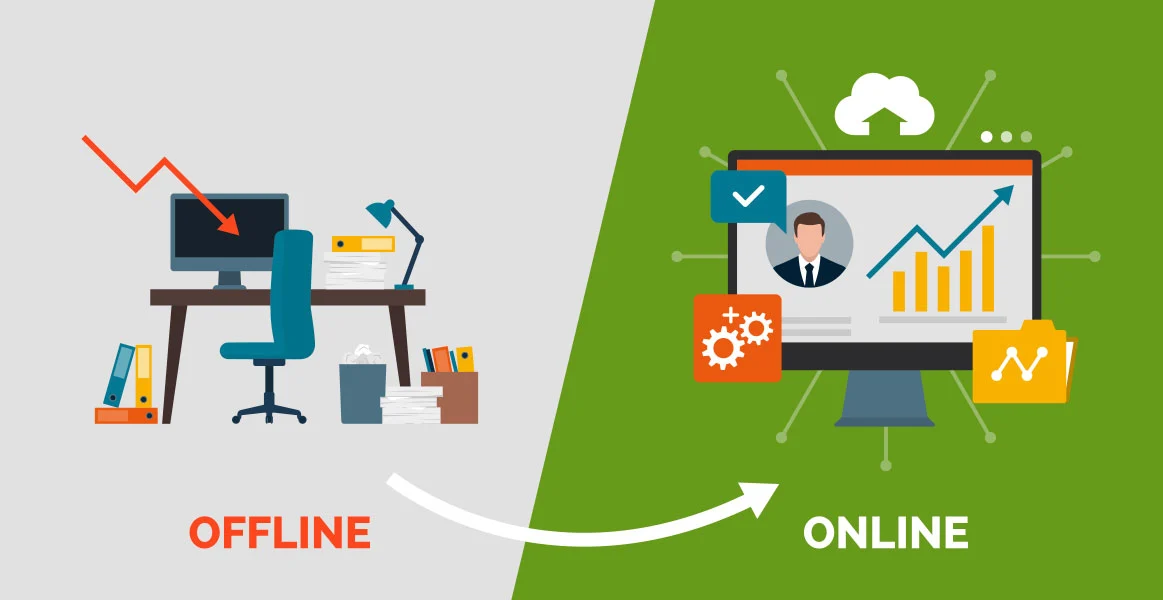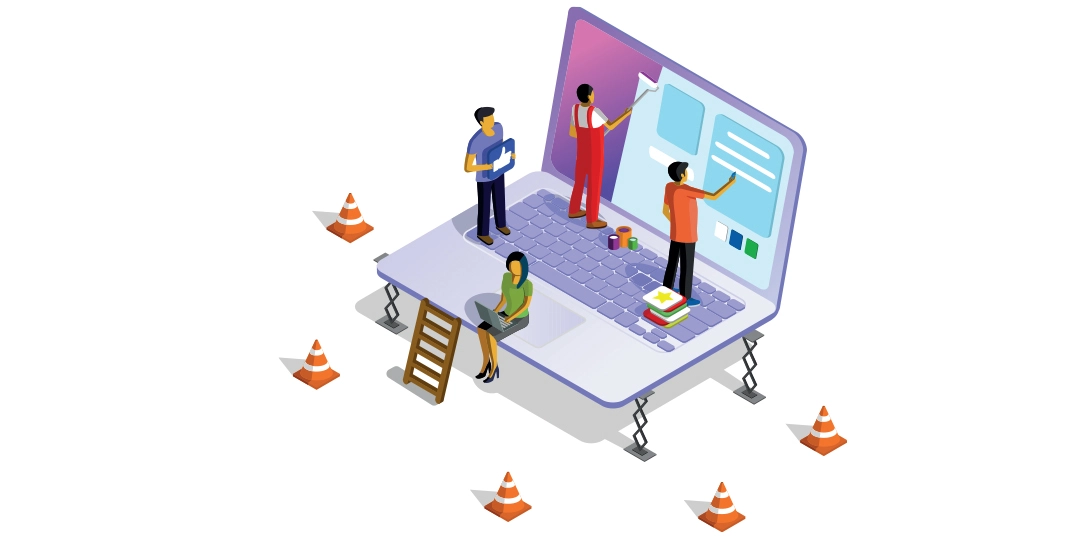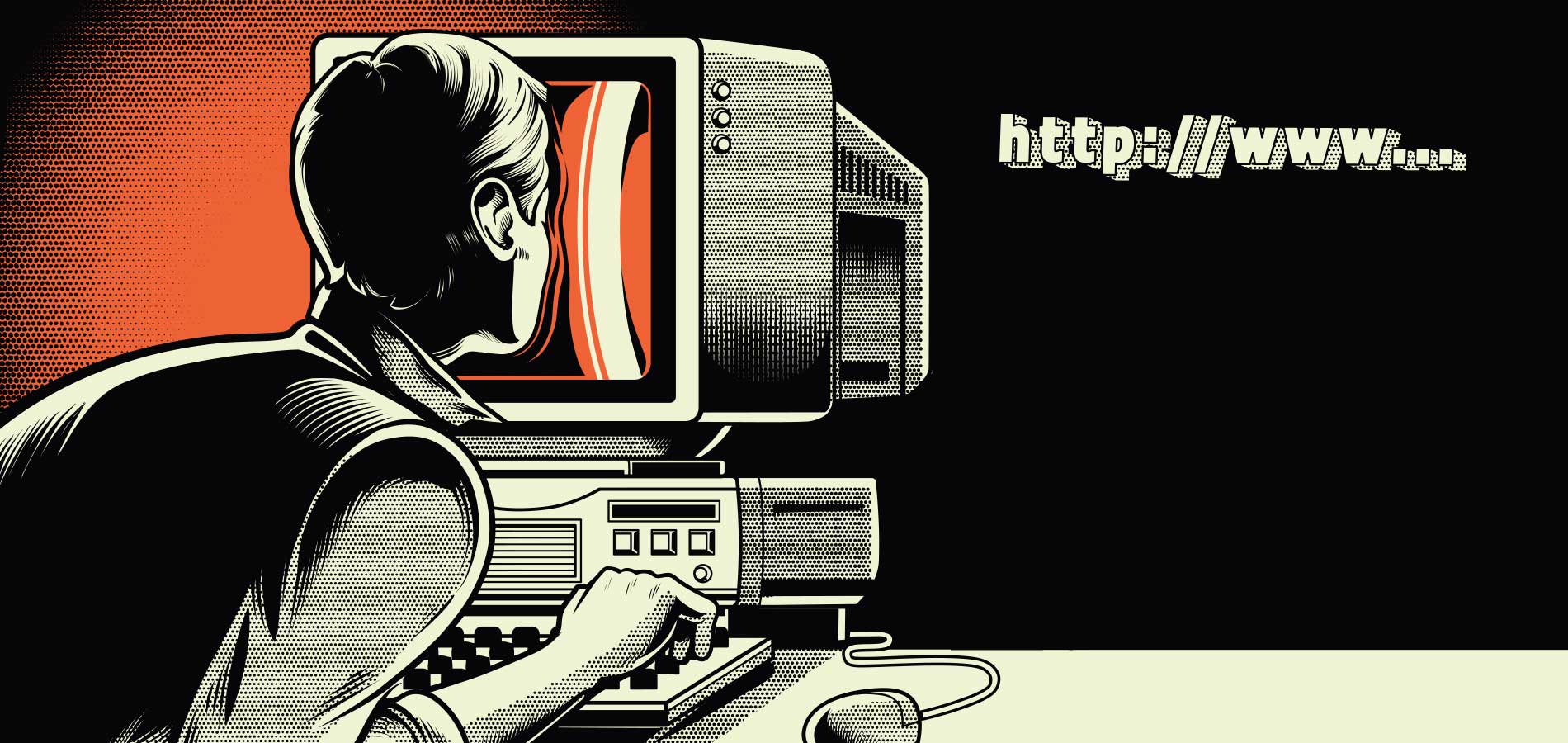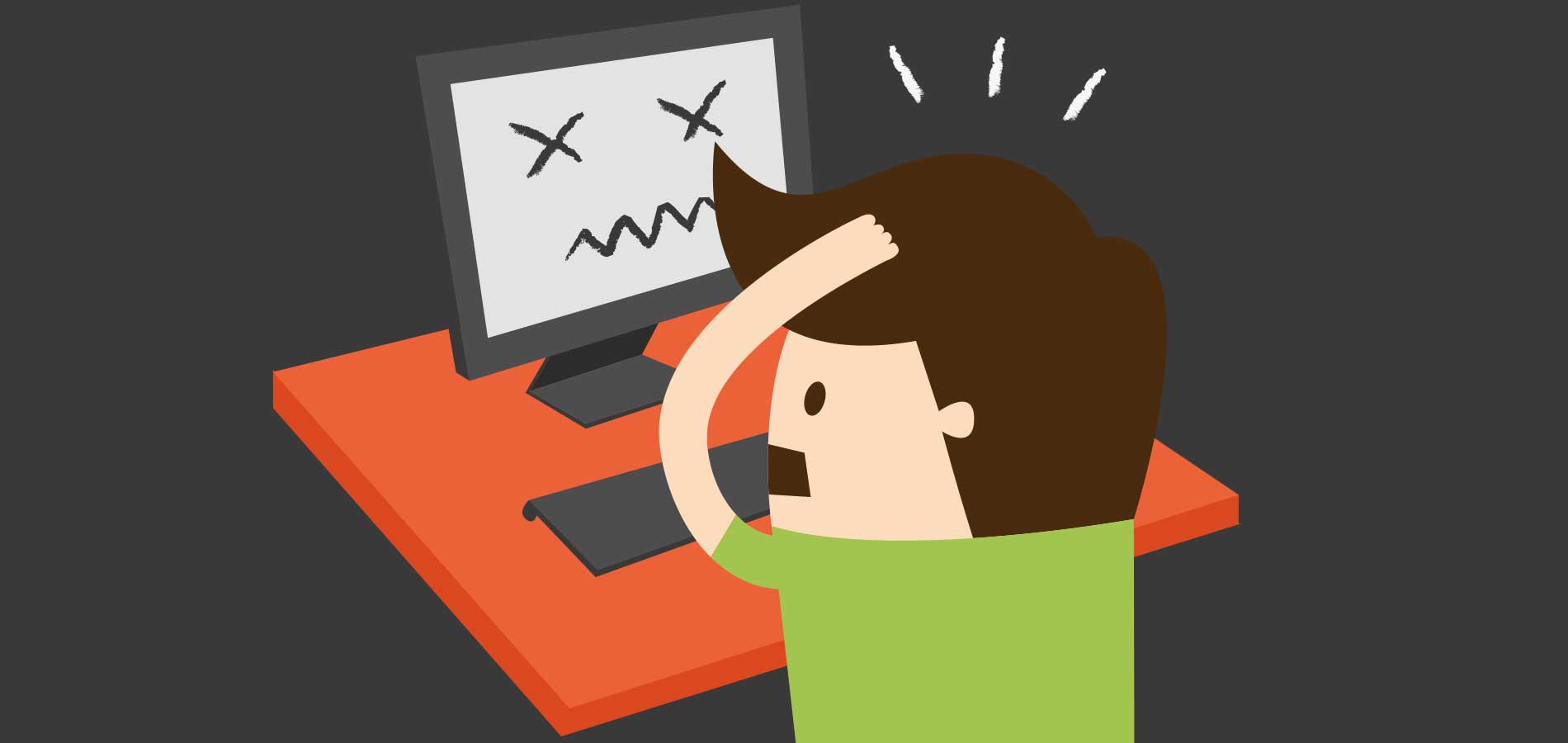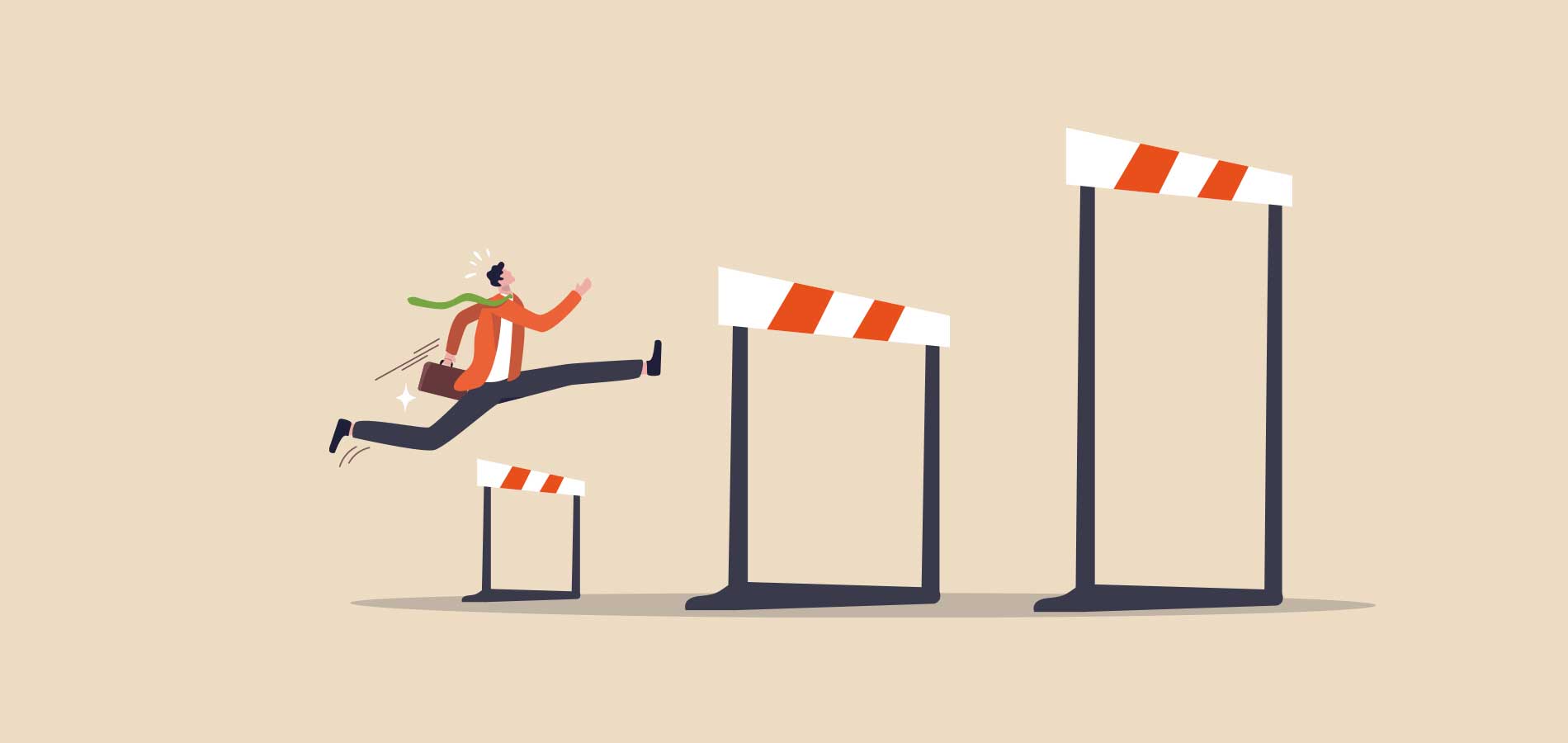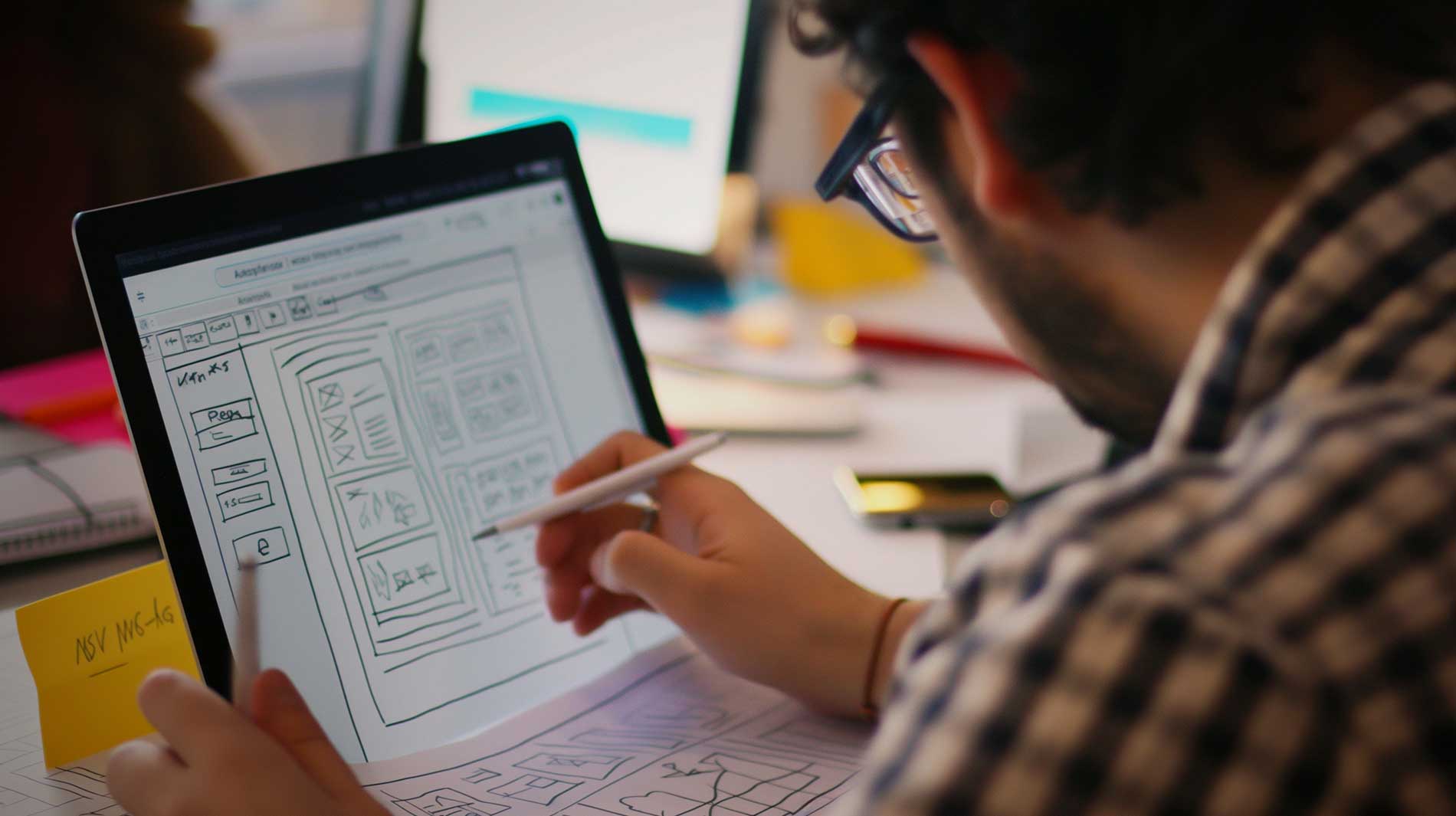Imagine a world where websites design themselves - sounds like a sci-fi fantasy, right? Well, welcome to the era of AI in web design, where the line between science fiction and reality blurs. Gone are the days of tediously coding every pixel and obsessing over each colour choice. AI is revolutionizing how we create, optimize, and personalize web experiences, promising a future where websites are not just designed but intuitively crafted.
Integrating AI in web design and development enhances collaboration rather than replacing human roles. By utilising AI-driven tools, developers can get rid of repetitive tasks and concentrate on more complex, creative, and innovative aspects of their projects. Although the role of developers may evolve with technological advancements, the need for human insight, oversight, and ingenuity will remain indispensable.
But before you worry about AI stealing the designer's creative soul, let's dive into this digital odyssey with a touch of humour and discover how AI is more of a sidekick than a usurper in web design.
Understanding AI in Web Design
What is AI in Web Design?
At its core, Artificial Intelligence in web design refers to the integration of machine learning, algorithms, and advanced analytics to automate and enhance the web design process. It's like having a robot assistant who's not only good at crunching numbers but also has a flair for design - think R2-D2 meets Picasso.
AI Tools Shaping Web Design
AI tools are becoming indispensable in the web designer's toolkit, from predictive design to chatbots and automated content creation. These tools analyze vast amounts of data, understand user behaviour, and even make design decisions, bringing efficiency and personalization to the forefront of web design.
Imagine a tool that suggests design elements based on your target audience's preferences or a chatbot that offers real-time design advice. These are not distant dreams but present realities in the AI-enhanced web design landscape.
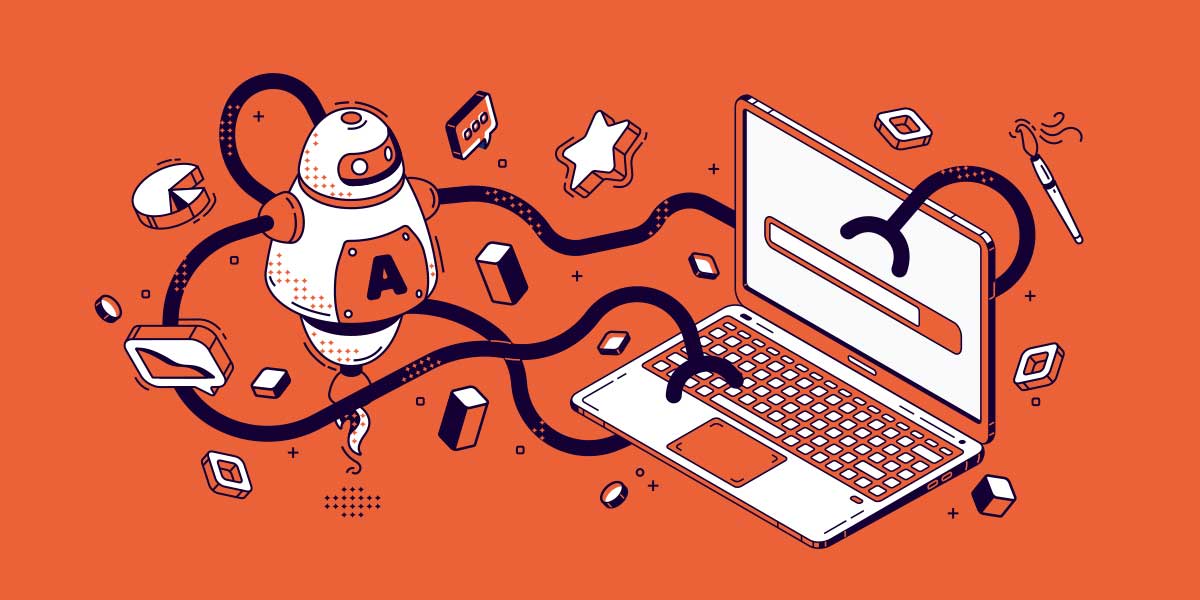
Integrating AI into Website Design: How to Achieve It?
There are various ways in which AI can be integrated into web design. Here are some examples of AI features that can enhance a website’s performance:
Chatbots for Real-Time Assistance
Chatbots are AI-powered virtual assistants that can communicate with users in real-time. They can answer questions, provide product recommendations, and even complete transactions. Chatbots can be integrated into a website’s design to provide a more personalized and efficient customer service experience.
For example, a chatbot on an e-commerce website can assist customers with finding products, answering questions about shipping and returns, and even completing purchases. This can improve the overall user experience and increase customer satisfaction.
Personalized Content Recommendations
AI can also be used to personalize content recommendations for website visitors. By analyzing a user’s behaviour and preferences, AI can suggest content that is most relevant and interesting to them. This can include blog posts, videos, and product recommendations.
Personalized content recommendations can keep users engaged on a website for longer, increasing conversion opportunities as well as the website's organic ranking in the SERPs. It also allows businesses to showcase their most relevant and valuable content to each individual user.
Personalization for Improved User Experience
One of the main benefits of AI in your website integration is the ability to personalize the user experience. With AI technology, websites can gather data about a user’s behaviour, preferences, and interests to create a personalized experience for each visitor. This can include personalized product recommendations, content suggestions, and even chatbots that can assist users in real-time.
Personalization not only improves the user experience but also increases the chances of converting visitors into customers. By tailoring the website experience to each individual, businesses can create a more engaging and effective website.
Predictive Analytics for Data-Driven Decision Making
As mentioned earlier, AI can be used for predictive analytics in web design. This means that websites can use data to make predictions about user behaviour and preferences. By analyzing data such as click-through rates, time spent on pages, and conversion rates, AI can help businesses make data-driven decisions about their website design and content.
Predictive analytics can also help businesses identify patterns and trends in user behaviour, allowing them to make adjustments to their website to improve performance. This can lead to increased conversions and a better overall user experience.
Automation for Increased Efficiency
Web design automation can also be achieved using AI. This means that AI technology can automate tasks such as content creation, A/B testing, and even website updates. This can save businesses time and resources, allowing them to focus on other important aspects of their operations.
Automation can also improve the accuracy and consistency of tasks, leading to a more efficient and effective website. With AI handling repetitive tasks, businesses can free up their time to focus on more creative and strategic aspects of their website and digital marketing activities.

Benefits of AI Integration in Web Design
Improved User Experience
AI's ability to analyze data in real-time allows for dynamic adjustments to the user interface, catering to individual preferences and behaviours. Imagine a website that morphs its layout, content, and even functionality based on who's viewing it - a digital chameleon of sorts that ensures every user feels like the website was tailor-made for them.
Efficiency and Speed
Remember the days when designers had to manually test every possible user interaction? Well, AI says, "Ain't nobody got time for that!" By automating mundane tasks, AI lets designers focus on what they do best - being creative. Plus, with AI's help, the time from concept to launch can be significantly reduced, making clients happier and designers less caffeinated.
Personalization at Scale
In a world where everyone wants to feel special, AI steps in as the ultimate maître d', offering personalized experiences to users at scale. From suggesting products to crafting personalized content, AI ensures that each user's interaction is as unique as their internet search history (which is, of course, totally private and never embarrassing).
Accessibility
AI can enhance the accessibility of web designs, making websites more usable for people with disabilities. For instance, AI can enable voice navigation or automatically adjust contrast and font sizes based on user needs.
Challenges and Considerations
The Creative Conundrum
While AI can suggest design elements based on data, it doesn't (yet) possess the innate creativity and intuition of a human designer. There's a certain je ne sais quoi in human creativity that AI is still grappling with. So, for now, designers can rest easy knowing their creative genius is irreplaceable.
Ethical AI Use
As with any technology, with great power comes great responsibility. Ensuring AI is used ethically, especially when it comes to user data and privacy, is paramount. After all, nobody wants their website to be the digital equivalent of a nosy neighbour.
AI-Powered Web Design Tools
The realm of AI web design tools is vast and brimming with potential. Adobe's Sensei, for instance, is not just a tool; it's a visionary in automating tedious tasks, allowing designers to focus on the artistry of design. Similarly, Wix's Artificial Design Intelligence (ADI) is not just about building websites quickly; it's about infusing AI's precision and efficiency into the creative process, offering bespoke solutions at the click of a button.
But it's not just about making things faster or easier. These tools embody the fusion of AI web design and digital marketing, as they enable the creation of websites that are not only visually appealing but also optimized for user engagement and conversion. For digital marketers, this means websites that are not just storefronts but powerful tools for storytelling, customer engagement, and brand building.
Integrating AI Web Design with Digital Marketing
The synergy between AI web design and digital marketing is a match made in digital heaven. AI's data-driven insights can significantly enhance digital marketing strategies, providing a deeper understanding of user preferences, behaviours, and engagement patterns.
For instance, AI can analyze user interaction data to inform content creation, ensuring that websites are not only aesthetically pleasing but also content-rich and valuable to the audience. This integration can dramatically boost SEO, user engagement, and conversion rates, making websites more effective as marketing tools.
Moreover, AI-driven personalization is a game-changer in digital marketing. By delivering personalized content and user experiences, AI web design can increase the relevance and effectiveness of digital marketing efforts, leading to higher engagement and conversion rates.
Peeking into the Crystal Ball
As AI continues to evolve, we can expect even more intuitive interfaces, smarter design tools, and perhaps one day, websites that design, maintain, and update themselves. The possibilities are as limitless as the internet itself.

Real-World Examples of AI Integration in Web Design
Many businesses have already started integrating AI into their web design to enhance their website’s performance. Here are some real-world examples of AI integration in web design:
Netflix
Netflix uses AI to personalize the user experience by recommending content based on a user’s viewing history and preferences. This has led to increased user engagement and retention, as well as improved customer satisfaction.
Spotify
Spotify uses AI to create personalized playlists for its users based on their listening history and preferences. This has led to increased user engagement and retention, as well as improved customer satisfaction.
Amazon
Amazon uses AI to personalize product recommendations for its users based on their browsing and purchase history. This has led to increased sales and customer satisfaction.
Final Thoughts...
AI in web design is not just a trend; it's a seismic shift in how we conceptualize and create digital experiences. By embracing this technology, designers can enhance their creativity, streamline their workflows, and craft more personalized, engaging websites. So, while AI may not be ready to take over the creative reins entirely, it's an invaluable partner in the dance of design.
Engage with Us
What's your take on the fusion of AI and web design? Have you encountered AI's magic in your web interactions? Share your thoughts and let's navigate this exciting journey together. Contact Us Today!
FAQs
No, AI is here to augment, not replace web designers. It's a tool that enhances the creativity and efficiency of human designers.
Initially, it might require investment, but the efficiency and benefits it brings can lead to cost savings in the long run.
AI can analyze vast amounts of data to identify SEO trends, optimize content, and improve search engine rankings.
AI can assist in improving website accessibility by analyzing and adapting web elements to meet diverse user needs.
Start by identifying areas where AI can bring value, like data analysis, content generation, or user experience enhancement, and explore tools that can assist in these areas.

